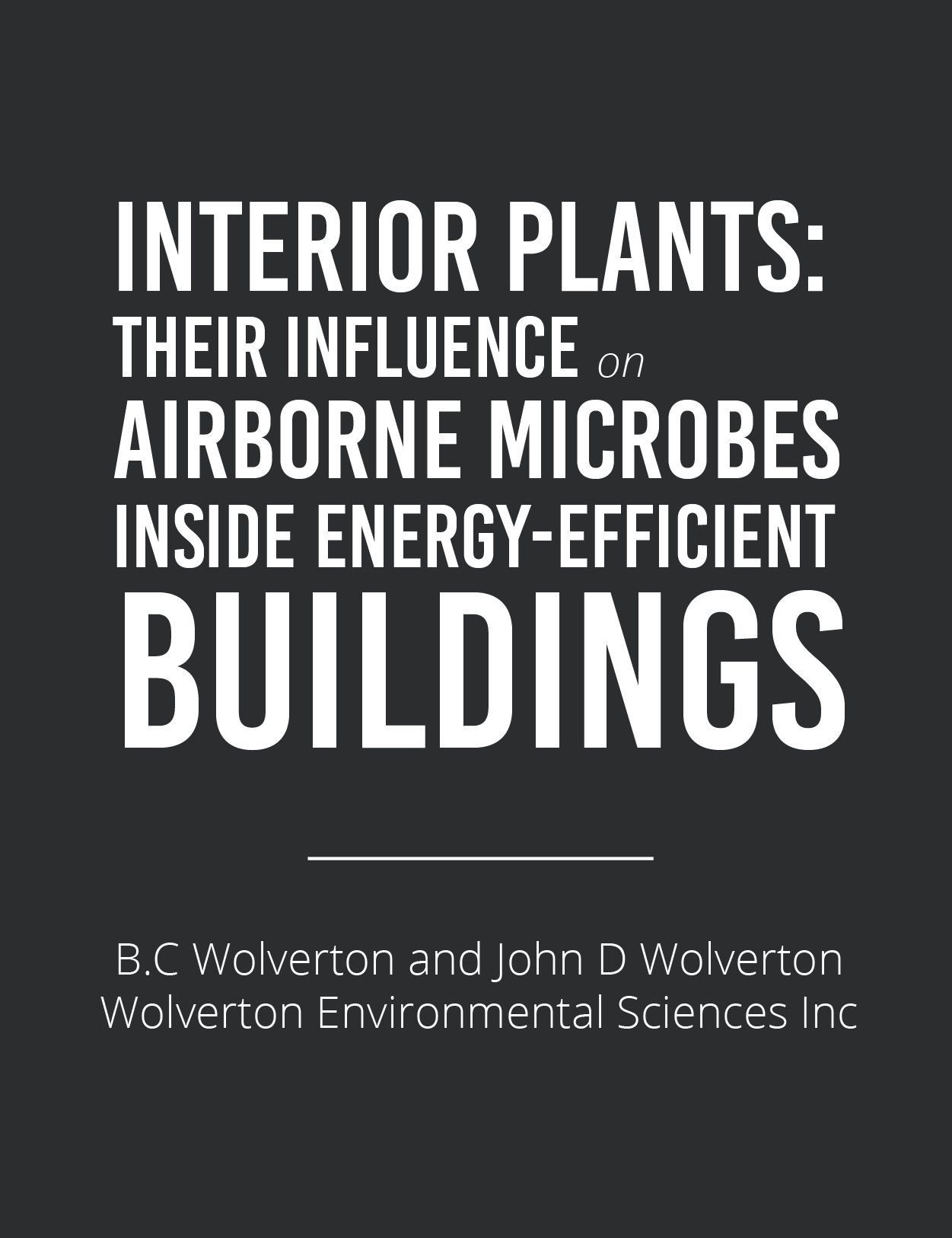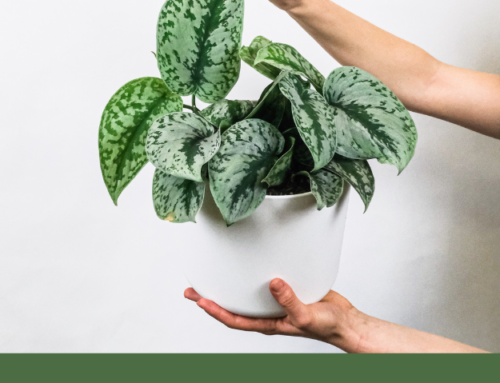Interior Plants’ Influence on Airborne Microbes

Recent studies have shown that low-light requiring houseplants can influence removal rates of indoof air polluting chemicals from sealed chambers. This study addresses the influence of large numbers of houseplants on airborne microbial levels inside energy-efficient buildings. Portions of a tightly sealed, energy-efficient home located in South Mississippi served as “Teal world” test chambers. A plant-filled sunroom and an adjacent living room were tested in two studies, each three months in duration and at different seasons of the year. A plant-free bedroom, located in another section of the home, served as a control. Although humidity levels in the plant filled sunroom were higher than the plant-free bedroom, airborne microbial levels were found to be more than fifty percent higher in the plant-free bedroom. These findings indicate that houseplants are influencing the level of microbes in air where large numbers of plants are grown. This is a significant finding because it indicates that large quantities of houseplants may be used to increase humidity levels and suppress levels of mold spores and other airborne microbes inside energy-efficient buildings, while reducing air polluting substances.





